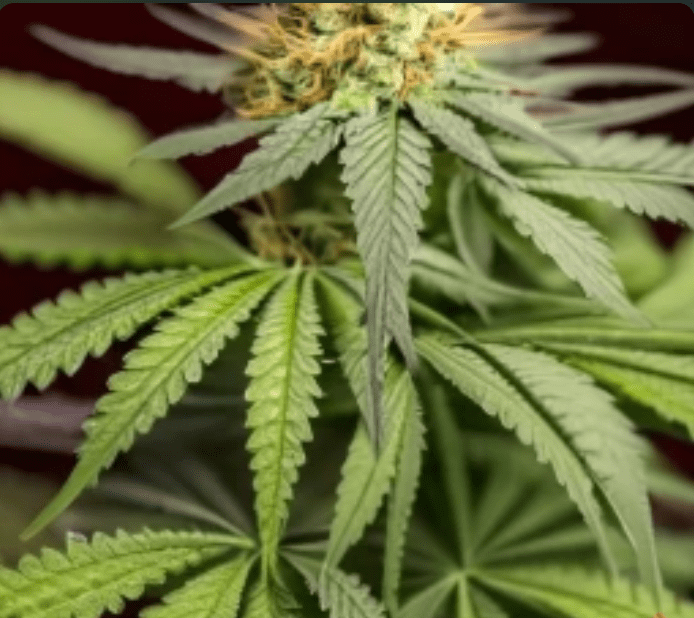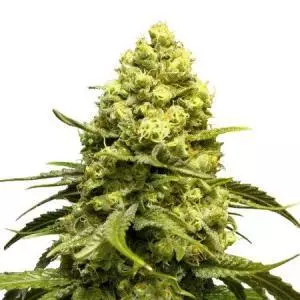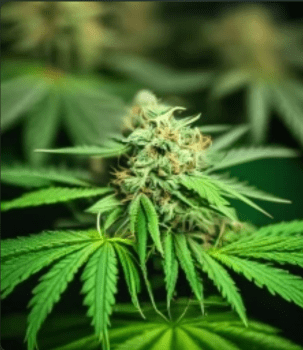Are Indica and Sativa the Same?
In the world of cannabis, there has always been a debate surrounding the differences between indica and sativa strains. Are they truly distinct from each other, or are they just two sides of the same coin? In this article, we delve into this topic and explore whether indica and sativa are truly different or if they are more similar than commonly believed.
Understanding Indica and Sativa
Before diving into the debate, it’s important to understand what indica and sativa actually refer to. Indica and sativa are two different subspecies of the Cannabis genus. Indica plants are believed to originate from the Hindu Kush region of the Indian subcontinent, while sativa plants are thought to have originated from equatorial regions such as Southeast Asia, South America, and Africa.
Indica strains are typically shorter and bushier, with broad leaves and dense buds. They are known for their relaxing and sedating effects, making them popular choices for evening or nighttime use. Sativa strains, on the other hand, are taller and more slender, with narrow leaves and looser buds. They are associated with uplifting and energizing effects, often chosen for daytime use.
The Genetics Behind Indica and Sativa
While indica and sativa strains may have distinct physical characteristics, the genetic makeup of cannabis plants is much more complex. In recent years, many experts argue that genetics, rather than subspecies, play a more significant role in determining the effects of different cannabis strains.
Researchers have found that the chemical composition of a cannabis plant, including its cannabinoid and terpene profile, has a greater impact on its effects than its indica or sativa classification. Cannabinoids, such as THC and CBD, are the compounds responsible for the physiological and psychoactive effects of cannabis, while terpenes contribute to the plant’s aroma and may also have therapeutic properties.
For example, a cannabis plant with high levels of THC and low levels of CBD is likely to produce more euphoric and psychoactive effects, regardless of whether it is classified as an indica or sativa. Similarly, a strain high in the terpene myrcene may have more sedating effects, while a strain high in limonene may be more energizing.
Big Bud Feminized Indica seeds
In the seasoned circles of cannabis connoisseurs, Big Bud holds a venerable status as a classic indica powerhouse, birthed from a stellar lineage of Afghani, Northern Lights, and Skunk #1. This strain boasts a rich history, having first graced the soils of the United States before finding sanctuary in the Netherlands during the tumultuous 1980s, a strategic move to preserve its legacy amidst the intensifying war on drugs. Sporting a modest THC content hovering around 14%, Big Bud Indica seeds doesn’t pack the heftiest punch in the THC department, presenting a THC profile that’s somewhat subdued compared to its contemporaries, and notably devoid of CBD. Those who indulge in Big Bud are met with a trifecta of sensations, ushering in waves of relaxation, a noticeable uptick in appetite, and a gentle nudge towards the arms of Morpheus. Big Bud indica seeds is a true maestro in the art of relaxation, with a significant number of enthusiasts praising its proficiency in melting away stress (38%), soothing bodily discomfort (36%), and ushering in a peaceful slumber (33%). On the sensory front, this strain is a rich tapestry of flavors and aromas, offering a symphony of earthy and spicy notes, underscored by a robust herbal, woody, and skunky profile that tantalizes the palate. Diving deeper into its botanical composition, Big Bud indica seeds showcases a terpene profile that’s nothing short of a fragrant forest symphony, with pinene taking center stage, exuding a refreshing pine aroma, harmoniously blended with the herbal whispers of myrcene and the minty undertones of ocimene

Case Studies and Research
Several case studies and research projects have further blurred the lines between indica and sativa strains. One notable example is the study conducted by Dr. Ethan Russo, a renowned cannabinoid researcher. Dr. Russo examined the genetic profiles of hundreds of cannabis samples and found that the indica/sativa classification did not accurately predict their chemical composition or effects.
In another study, researchers analyzed the chemical profiles of over10,000 cannabis samples and found that the majority of strains were hybrids, containing genetic traits from both indica and sativa plants. This suggests that most cannabis available today is a mix of both subspecies, further challenging the notion of distinct indica and sativa effects.
Furthermore, the cannabis industry has witnessed a surge in breeding and cultivation practices that have led to a wide range of hybrid strains. Breeders are constantly crossbreeding different varieties to create unique combinations of genetics, resulting in strains that may not fit neatly into the traditional indica or sativa categories.
The Role of Indica Seeds from Amsterdam
Amsterdam has long been a hub for cannabis enthusiasts and breeders alike. The city’s tolerant and progressive approach to cannabis has allowed for the development of a diverse range of strains, including indica seeds from Amsterdam. These seeds are highly sought after by growers around the world due to the reputation of Dutch breeders for producing high-quality genetics.
However, it’s important to note that even indica seeds from Amsterdam may not guarantee a pure indica strain. As discussed earlier, most cannabis strains available today are hybrids, and the genetics of a particular strain can vary depending on the breeder and cultivation methods.
The Importance of Personal Experience
Ultimately, the effects of a cannabis strain can vary from person to person. Factors such as individual tolerance, body chemistry, and consumption method can all influence how a strain is experienced. What may be uplifting and energizing for one person may be relaxing and sedating for another.
Therefore, it is crucial for individuals to experiment with different strains and pay attention to their personal experiences. Keeping a journal or log of the effects and characteristics of various strains can help identify patterns and preferences.
While indica and sativa are often used as general descriptors in the cannabis world, their distinctions may not be as clear-cut as commonly believed. The genetic complexity of cannabis plants and the wide array of hybrid strains available today challenge the notion that indica and sativa have distinct effects.
Instead, the chemical composition of a strain, including its cannabinoid and terpene profile, appears to be a more telling factor in determining its effects. Additionally, personal experience and experimentation play a crucial role in finding the right strain for each individual.
So, the next time you come across indica seeds from Amsterdam or any other strain, remember that the effects will depend on a multitude of factors beyond the indica or sativa classification. Expand your horizons, try different strains, and let your personal experience guide you on your cannabis journey.




